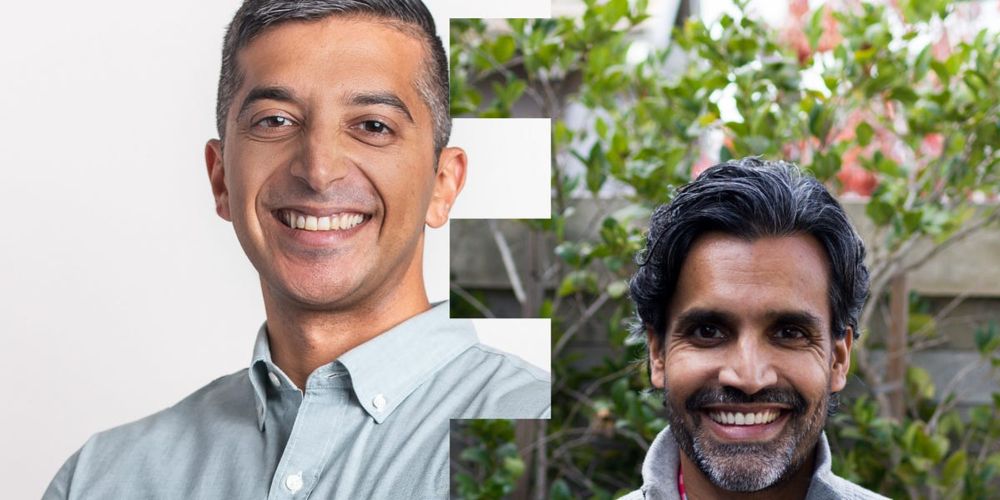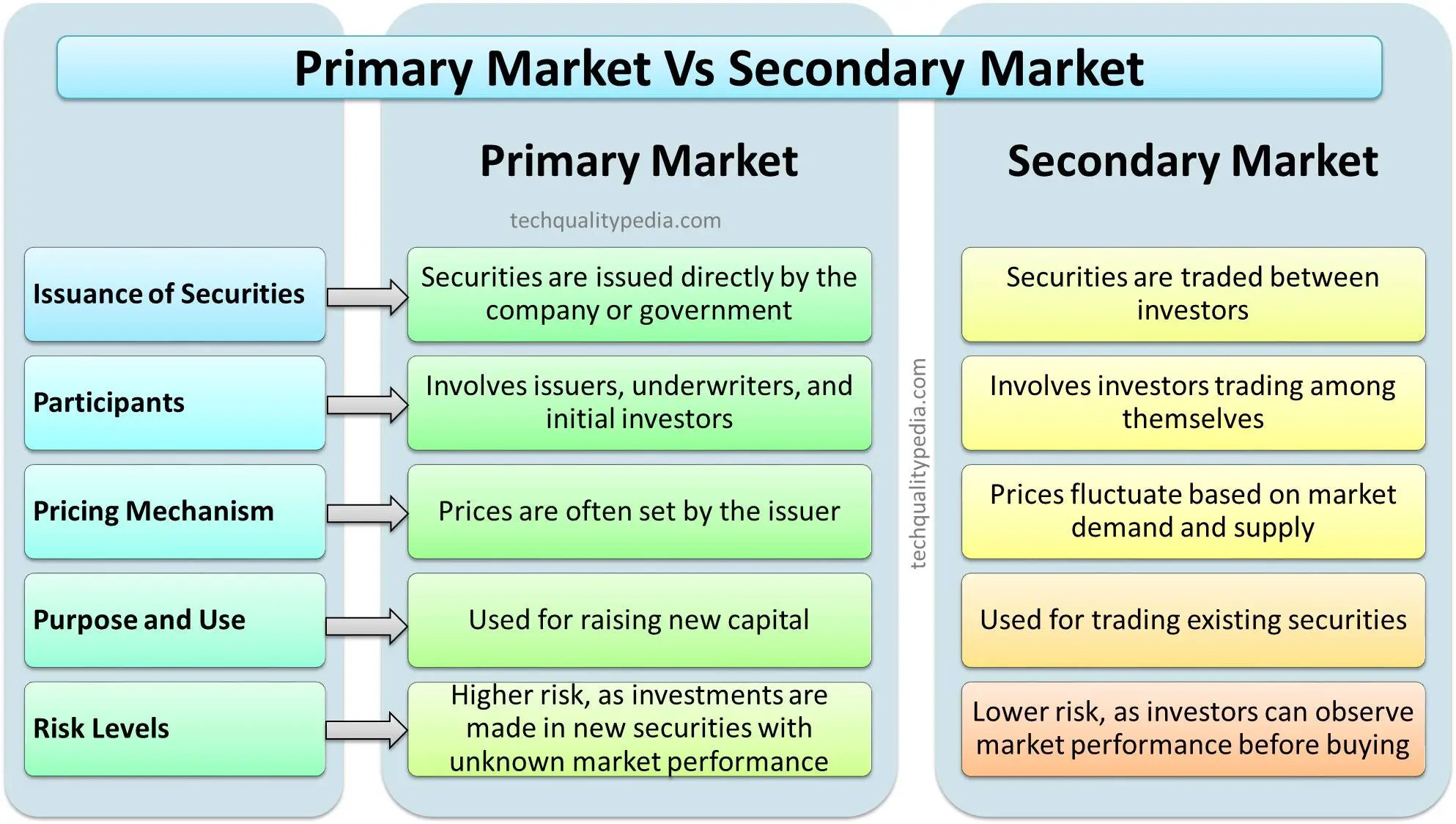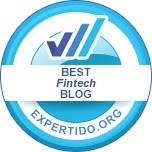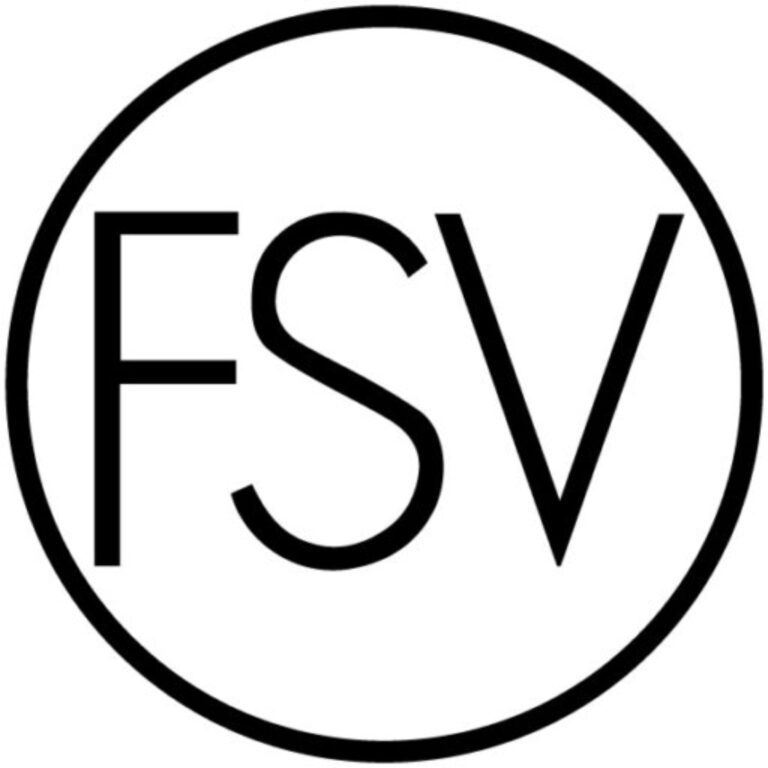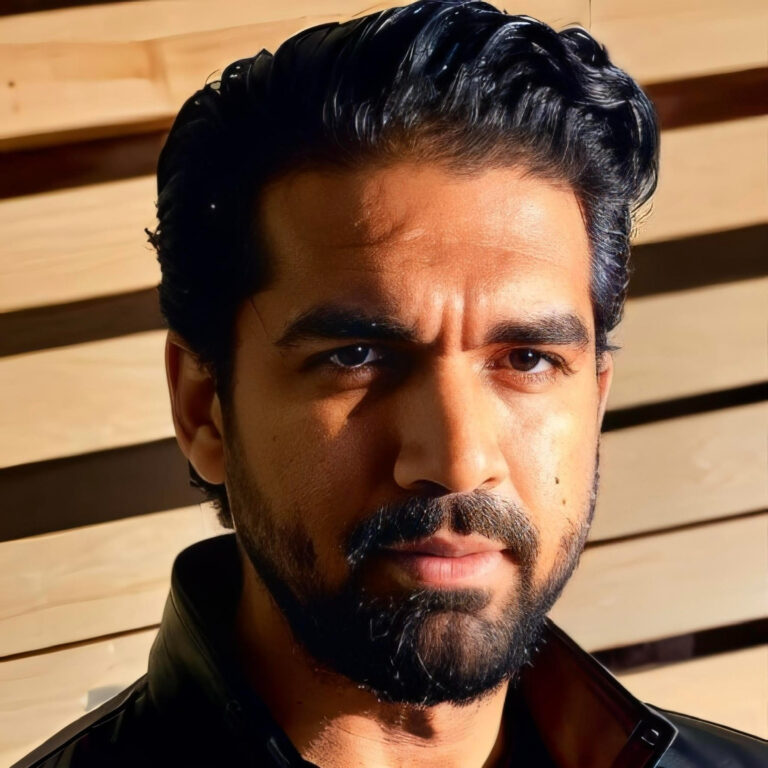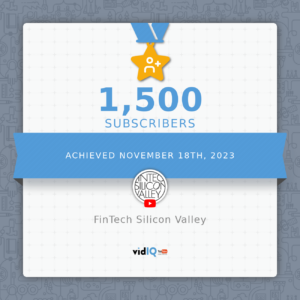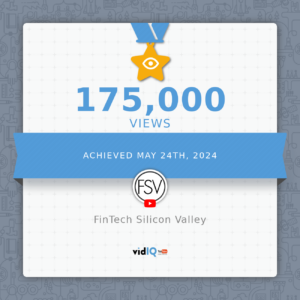
Jazmin has a STEM background, with a first-class degree in Mathematics from the University of Surrey, Guildford. She has a passion for innovative technology and using it as a tool to improve personal and corporate potential. Her previous career includes 8 years as a consultant, implementing Oracle’s Financial Planning software for UK based and global businesses; and becoming a certified management accountant. Since discovering blockchain technology in 2018, she has dedicated her time to learning about the vast societal, financial and technological opportunities that it can enable. Excited by the prospects of a mobile-native blockchain with low barriers to entry, she joined the Minima community in 2020, spending a year getting involved and supporting the Minima team in her spare time. By October 2021, she joined Minima full time as their Technical Communications Manager, making a side-step change in her career. Her role now involves bridging the gap between the developers and the community; analysing the protocol, creating educational content and promoting the growth of Minima as the most decentralised blockchain globally.
Jazmin has a STEM background, with a first-class degree in Mathematics from the University of Surrey, Guildford. She has a passion for innovative technology and using it as a tool to improve personal and corporate potential. Her previous career includes 8 years as a consultant, implementing Oracle’s Financial Planning software for UK based and global businesses; and becoming a certified management accountant. Since discovering blockchain technology in 2018, she has dedicated her time to learning about the vast societal, financial and technological opportunities that it can enable. Excited by the prospects of a mobile-native blockchain with low barriers to entry, she joined the Minima community in 2020, spending a year getting involved and supporting the Minima team in her spare time. By October 2021, she joined Minima full time as their Technical Communications Manager, making a side-step change in her career. Her role now involves bridging the gap between the developers and the community; analysing the protocol, creating educational content and promoting the growth of Minima as the most decentralised blockchain globally.

Transcription
Pemo: Welcome Jasmine. So pleased to meet you virtually. Please tell me a little bit about what your experience is, or background, and a little bit about your role at Minima.
Jazmin Ribeiro: Hi. Yes. Thanks for having me. I’m excited to talk to you. So yeah, as said I’m Jazmin, I’m UK based, although I’ve just got back from six weeks working from Portugal, which was quite good. Guess that’s the benefit of working for a decentralized organization.
Pemo: Yeah.
Jazmin Ribeiro: But no, I actually have a background in mathematics. I studied at The University of Surrey, which is in Guildford, just kind of half an hour outside of London. And I used to work as a consultant for an Oracle partner implementing financial planning software.
Jazmin Ribeiro: But since learning about crypto, I kind of fell down the crypto rabbit hole and became excited. Yeah, became excited about the kind of huge potential that it had to change finance, technology, society in favor of the average person, and not just governments, or big tech.
Jazmin Ribeiro: And so then I came across Minima and it seemed to kind of address all of the issues that I saw cropping up in the existing crypto landscape. And everything just kind of clicked into place, and just felt like Minima was doing the right things, in the right way, for the right reasons.
Jazmin Ribeiro: And so I managed to switch career paths into blockchain, obviously working for Minima now, my role is a technical communications manager. So, I essentially act as the bridge between the public community and our internal developers. So I’m producing educational content, documentation about protocol, how it works, and educating people about Minima. I’m also doing and also doing internal testing and helping to support and grow our community.
Pemo: So great being a medium like that between the company and ordinary human beings. I’m sure.
Pemo: So tell me how Minima does differ from other blockchain solutions, because it seems like every day we hear new companies started. So tell me.
Jazmin Ribeiro: I know. No, it’s a great question. So Minima is essentially an open source, lightweight blockchain and cryptocurrency that fits on a mobile device and potentially in a chip in the future, as well.
Jazmin Ribeiro: So we’re attempting to create a truly decentralized inclusive peer to peer network to enable people to store value and transact value and information freely.
Jazmin Ribeiro: And we envision ourselves as being what Bitcoin could have been if it had been implemented with the benefit of hindsight and mobile technology.
Pemo: Wow. And how interesting that it’s really focused on mobile technology. Do you want to tell me a little bit more about what you guys are already doing with that?
Jazmin Ribeiro: Yeah, definitely. So, obviously the future lies in mobile devices, and we think that if Satoshi had created Bitcoin when smartphones were as advanced as they are now that he would’ve created Bitcoin to be native to mobile devices. And so we have created a blockchain that runs on your phone.
Pemo: Wow. That’s really cool.
Jazmin Ribeiro: Yeah. No, it is. It’s just kind of interacting with the app and testing it. I’ve been testing it in the last few days and it’s mind blowing the things that you can achieve when everyone is running a blockchain node from their phone.
Pemo: Wow. Fantastic. Well, I have to say that’s a first. I haven’t heard any companies in Silicon valley doing that, although they may be, but that’s brilliant. And what a leap forward. I know Lightning Network is a blockchain solution for crypto, but apparently there are privacy issues. It’s one of my big drums that I beat to privacy and security. So I’m just wondering, what are the options with Minima to make a difference with the privacy issues on the blockchain? Because obviously that can be an issue with Bitcoin generally.
Jazmin Ribeiro: Yeah. So as you know, Lightning is Bitcoin’s scaling solution. So it’s essentially a kind of layer on top of Bitcoin where users are instead of- so on the Bitcoin base layer, on the layer one, everyone in the network has to validate all of the transactions, and that’s the same on Minima. So everyone running a node on their phone has to validate all of the Minima transactions. But with Lightning, which is a layer two solution, you have these payment channels between two users where the transactions happen off chain and Minima has a similar solution called Omnia and it’s a very similar implementation to Bitcoin’s Lightning network, but as I said, we have the benefit of hindsight.
Jazmin Ribeiro: So there’s, I think, it’s just one function that if Bitcoin had, would make it a lot more secure and I don’t know off the top of my head right now, but I do know that Paddy, our CTO and creator of Minima, was a Bitcoin maximalist for a long time, and became disillusioned when he could no longer mine Bitcoin himself. So he has the benefit of seeing all of these things happen, and has included things like these additional privacy benefits.
Pemo: Fabulous. And with the name like Paddy, I gather he is Irish origin, is he? I had a business in Dublin for about 10 years, years before I went to Silicon Valley. So.
Jazmin Ribeiro: He’s actually, I think he’s half Italian.
Pemo: Oh. Okay. That name is usually so Irish. Anyway.
Jazmin Ribeiro: I know.
Pemo: So interesting. And wow. It really makes Minima stand out. It’s fantastic.
Pemo: So the one thing that I like to ask all my interviewees is how you see Web 3.0? And because many people say that it doesn’t actually exist. And what’s your concept of Web 3.0? And where does Minima fit in with that new era of financial technology?
Jazmin Ribeiro:
Yeah. I know it’s such a hot topic at the moment. I just feel like the word Web 3.0 is everywhere.
Pemo: I know.
Jazmin Ribeiro: And I hear people using Web 3.0 in terms of Facebook having a Web 3.0. And I’m like, no, that’s not what Web 3.0 is about.
Pemo: Oh, so three.
Jazmin Ribeiro: Just to go over what Web 1.0 and Web 2.0.0 are.
Jazmin Ribeiro: So, we can think of Web 1.0 as static webpages essentially. It’s read only, so people could write a website and you can go to that website and you can read it, but you can’t interact with it, or anything. So very basic.
Jazmin Ribeiro: And then Web 2.0., we had the addition of JavaScript, these interactive websites where you can actually publish your own content as well.
Jazmin Ribeiro:
So, if we can think of Web 1.0 as just being read only, and Web 2.0 is kind of being read, write, so anyone can create their own material and publish that online. Obviously Web 2.0 is what the internet kind of looks like now.
Pemo: Yes.
Jazmin Ribeiro: And so with Web 3.0, I kind of see that as an ownership economy where value is attributed to the creators, the people who are creating content, rather than intermediaries, and you will have your crypto wallet and in your crypto wallet, you will own all of your assets rather than Google owning them, or Facebook owning them or a game owning them.
Jazmin Ribeiro: So even things like if you are playing a game online and you have assets in those games, those assets actually belong to you, and then you can transfer those into different applications.
Jazmin Ribeiro: Or if you are a musician, for example, you would have royalties coming directly to you rather than going through an intermediary who’s taking their cut before it gets to you.
Pemo: Wow. I really like that explanation. I’ve asked this question many times from people and I really like that because it really is showing how that empowerment is being shared.
Pemo: I mean, I remember when Web 2.0 started, I was in London for a year or two and it was so great to be able to do my own posts, create my own website. I was using WordPress at the time. And it was to take it out of the hands of developers who were so willing to screw you at the time you know, and now you’ve given me a really empowering explanation of Web 3.0. Thank you for that. I really appreciate it. I’ve struggled with it too, to try and understand what the different levels are.
Jazmin Ribeiro: I think about as, instead of logging into Google using your Google account, you’re logging in with your crypto account, where all of your assets are held in your personal wallet, that belongs on a blockchain.
Pemo: And who can trust Google let’s face it.
Jazmin Ribeiro: No, exactly.
Pemo: So last question, fascinating interview. I was wondering if you could tell me a little bit about-
Pemo: Of course the US is coming up for elections in later this year. And I was wondering, can Minima make a difference with voting systems? Obviously you’re not going to share all your secrets, but is there potential for that?
Jazmin Ribeiro: Yeah, absolutely. I mean, voting is actually one of my favorite blockchain applications. Okay. So with Minima, you have a node running on your phone, which is a full node. So you are- I mean by a full node, I mean that you’re actually helping to construct the blockchain, which is something that no other blockchains are doing. But, anyway, on Minima you can create custom tokens as well as- so we have the native currency, which is Minima, but you can also create custom tokens and a subset of these tokens is NFTs. You might have heard of them.
Pemo: Yes.
Jazmin Ribeiro: And So. Yeah. And-
Pemo: It seems to be more about scams unfortunately, lately, but anyway, or-
Jazmin Ribeiro: Yeah. Unfortunately.
Pemo: People being Ripped off. Yeah.
Jazmin Ribeiro: Yeah. But these NFTs can also be used to represent anything, so they could represent a vote for example. And if everyone has a voting token, then they can use that voting token to vote for someone, obviously. And then that is all recorded on chain, which is immutable. And so you have a permanent record of the votes and that can’t be tampered with, can’t be faked and it’s completely transparent and open. So anyone can check and verify the results. You don’t need paper. You don’t need to-
Pemo: All, the dramas that we’ve had in the US over the last few years, since the last election. Yeah, yeah.
Jazmin Ribeiro: No, exactly.
Pemo: Wow. That’s really great. Well, I’m totally excited about Minima.
Pemo: Thank you so much for doing this interview. It’s really been an interesting one and really appreciate the way you are able to convey that information to ordinary folks like us. So really appreciate it. And I-
Jazmin Ribeiro: No. Thank you.
Pemo: Wish you all the best, and Minima of course.
Jazmin Ribeiro: Thank you very much. And if any of your listeners are more interested in learning more, you can go to our website, which is Minima dot global.
Pemo: Fabulous. Okay. Thank you so much, Jazmin.
Jazmin Ribeiro: Thank you very much.
Pemo: Hopefully we’ll get you back on somewhere down the line.
Jazmin Ribeiro: That would be great.
Pemo: To hear of all of your successes.
Jazmin Ribeiro: Pleasure speaking to you. Thanks.
Pemo: OK, thanks.

